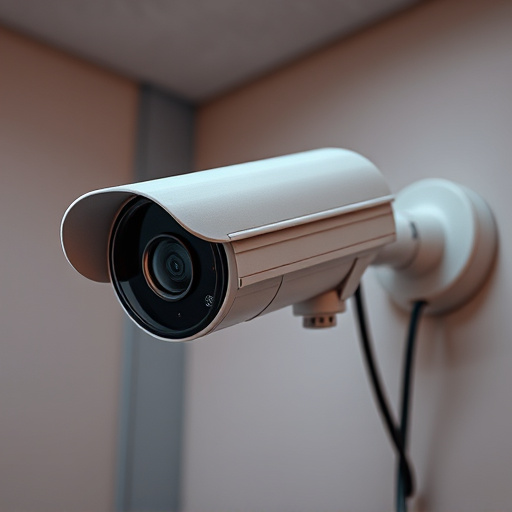Advanced realistic fake security cameras fool intruders with strategic fake security camera height placement, mimicking authentic installation patterns. These cameras, from ground level to high corners, integrated with weatherproof designs and motion sensors, offer comprehensive surveillance without extensive hardware. Their convincing features, including brackets, cables, lighting, and lens reflections, make them nearly indistinguishable from real cameras.
In an era where security is paramount, realistic fake surveillance equipment offers a unique solution. This article explores the art of deception through advanced fake security camera placement techniques, delving into diverse equipment types and their authentic applications. From subtle to strategic positioning, we uncover best practices to achieve both aesthetic and functional realism, especially focusing on optimal fake security camera height placement. Discover how these innovations blend seamlessly with modern landscapes, providing enhanced safety without compromising aesthetics.
- Understanding Fake Security Camera Placement Techniques
- Types of Equipment and Their Realistic Applications
- Best Practices for Achieving Authentic Appearance and Functionality
Understanding Fake Security Camera Placement Techniques
Realistic-looking fake surveillance equipment has advanced significantly, allowing for intricate placement techniques that can fool even the most discerning eye. One crucial aspect is the fake security camera height placement. Manufacturers carefully study authentic installation patterns to replicate them perfectly. This includes mounting cameras at various heights, from ground level up to high ceiling corners, mimicking real security systems.
Moreover, these fake cameras are strategically positioned in seemingly random locations, breaking the monotony of standard installations. They may be placed on walls, posts, or even disguised as decorative items like streetlights or plant pots. This diverse placement makes it harder for potential intruders to anticipate and avoid surveillance, effectively enhancing the overall security illusion.
Types of Equipment and Their Realistic Applications
Surveillance systems have evolved significantly, and realistic-looking fake equipment plays a crucial role in modern security strategies. These replicas are designed to deter potential criminals while providing valuable insights into security gaps. The market offers diverse options catering to various needs; from weatherproof fake cameras that mimic real models, to motion-activated sensors with infrared capabilities, each serves unique purposes.
For instance, strategically placing fake security cameras at different heights can create a comprehensive surveillance network. Lower-hanging cameras are ideal for capturing ground-level activity, while higher ones provide aerial views, ensuring no angle is left unguarded. This realistic portrayal of an active security system acts as a powerful deterrent, making it a game-changer in enhancing public and private safety without the actual need for extensive hardware installations.
Best Practices for Achieving Authentic Appearance and Functionality
To achieve a realistic appearance, it’s crucial to consider the subtle details that bring fake security cameras to life. One of the best practices is consistent placement—mimicking the height and angle of real surveillance equipment. This involves positioning them at eye level or slightly elevated, often mounted on walls or ceilings, just like genuine cameras. The use of realistic mounting brackets and cables adds an authentic touch. Additionally, high-resolution images or videos from these fake cameras enhance their believability.
Functionality is another key aspect. While the equipment doesn’t need to capture actual footage, it should respond appropriately to movement or sounds, triggering alarms or notifications as a real camera would. This can be achieved through sensor technology that detects motion or sound, creating a convincing simulation of active surveillance. Realistic lighting effects and subtle lens reflections further enhance the illusion, making them hard to distinguish from genuine security cameras in terms of appearance and behavior.
Realistic-looking fake surveillance equipment can significantly enhance security measures while maintaining an aesthetic appeal. By understanding advanced placement techniques, such as optimal fake security camera height placement, and adopting best practices for authenticity, businesses and homeowners can create an effective but discreet security system. This approach allows for a balanced blend of safety and natural environment, ensuring peace of mind without compromising visual integrity.
